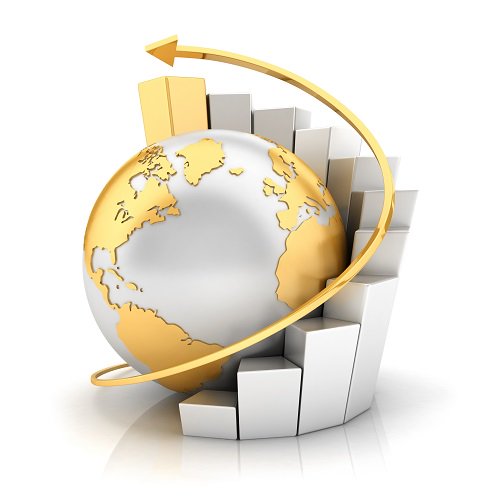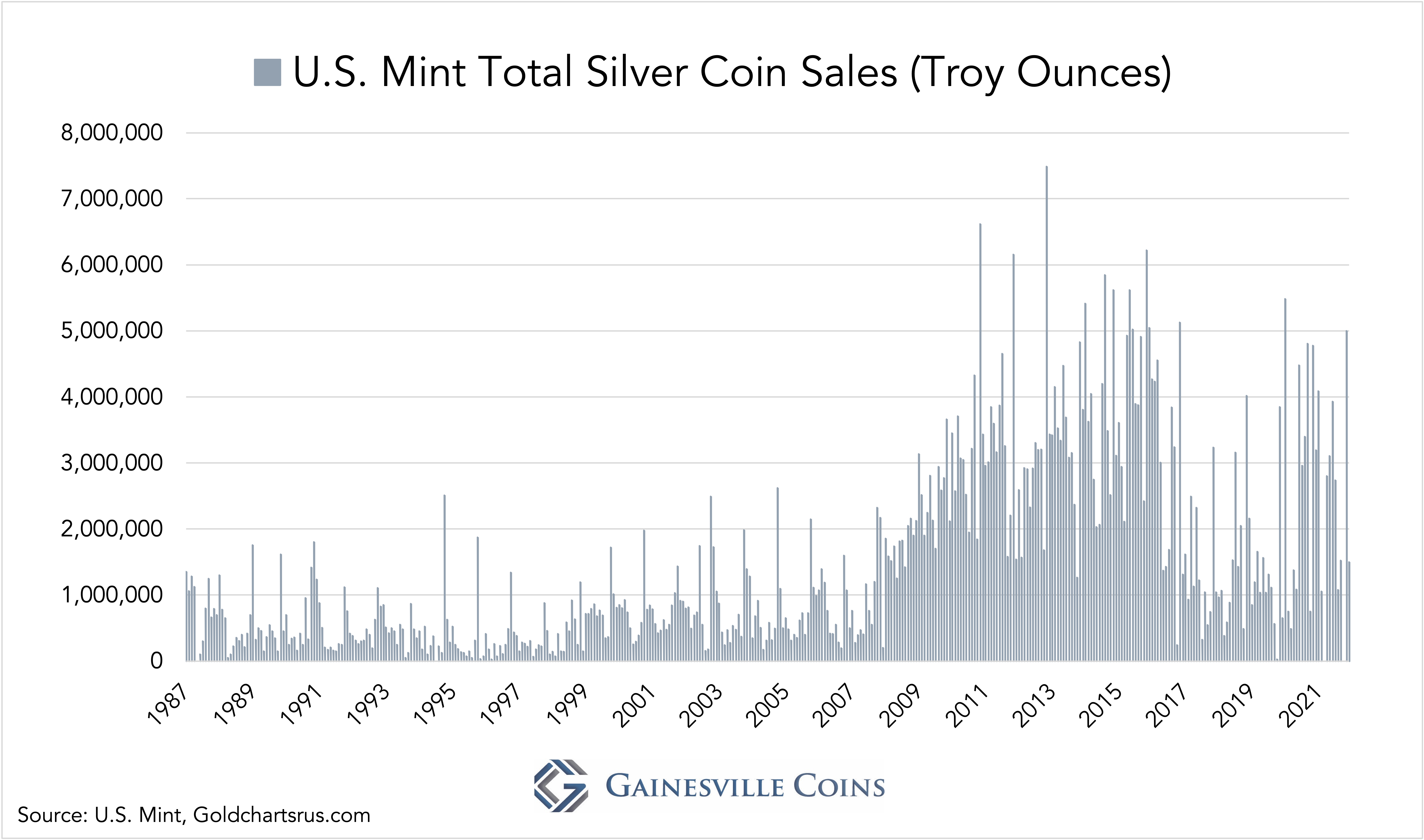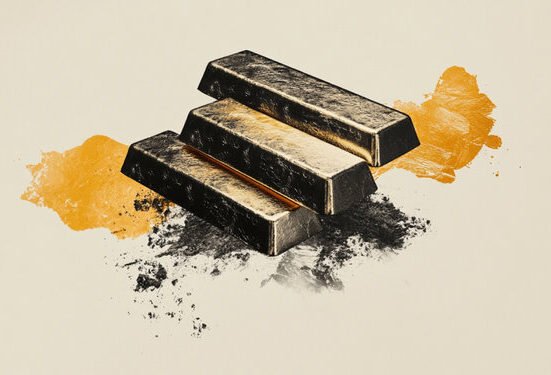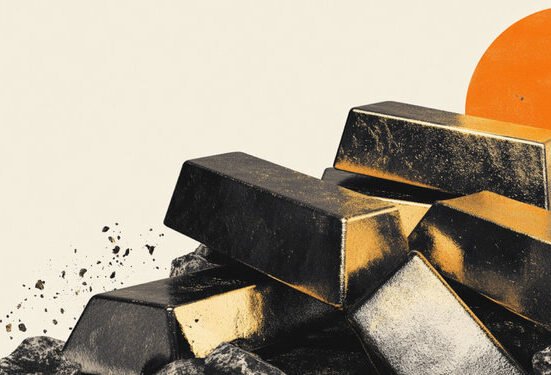When stocks are crashing, the prices of precious metals tend to go up. Gold and silver offer safe harbor for fearful investors.
The stock market is known for its volatility. Periods of significant gains can be followed by drastic declines. When the stock market crashes, it triggers a ripple effect across various asset classes. This includes precious metals like gold and silver. These metals have historically been considered safe-haven assets, providing a hedge against economic uncertainty.
Let’s explore how a stock market crash impacts gold and silver prices, investor behavior, and overall market dynamics.

In general, gold and silver prices rise amid turmoil in the stock market.
Immediate Impacts of a Stock Market Crash
Investors Flee to Safety
One of the immediate impacts of a stock market crash is the flight to safety. Investors, seeking to minimize losses, often move their capital from volatile equities to safer assets. Gold and silver, being tangible assets with inherent value, become prime choices. This increased demand typically drives up their prices.
Liquidity Crisis Is Triggered
The initial stages of a market crash can also lead to a liquidity crisis. Investors sell off assets to cover margin calls or to meet redemptions. This can temporarily depress gold and silver prices as investors liquidate their holdings to raise cash.
For example, during the initial shock of the COVID-19 pandemic in March 2020, both gold and silver prices dropped as markets panicked, only to rebound strongly as the crisis unfolded.
Long-Term Effects of a Stock Market Crash
Higher Inflation and Currency Devaluation
In the aftermath of a stock market crash, governments and central banks often implement policies to stimulate the economy. These include lowering interest rates and increasing the money supply. These measures can lead to inflation and currency devaluation. Gold and silver, as stores of value, tend to appreciate in such environments. Their purchasing power remains relatively stable compared to fiat currencies.
Sustained Investor Demand
Economic uncertainty persists following a market crash. Sustained investor demand for gold and silver in response can keep prices elevated. Investors continue to seek protection against potential further declines in equity markets and the erosion of fiat currency value. The prolonged low-interest-rate environment also makes non-yielding assets like gold and silver more attractive compared to bonds and other fixed-income investments.
The experience of a market crash often leads investors and institutions to reconsider their portfolio allocations. Gold and silver have low or negative correlation to equities. Thus these metals become more attractive as diversification tools. This can result in a long-term increase in institutional investment in these metals, further supporting their prices.
Central banks may also increase their gold reserves as a hedge against global economic instability. It also serves to diversify their foreign exchange holdings. Increased central bank purchases can provide long-term support for gold prices.
The growing interest in gold and silver can spur the development of new financial products, such as exchange-traded funds (ETFs), futures contracts, and options. These instruments make it easier for a broader range of investors to include precious metals in their portfolios. This improves liquidity and overall market participation.
Differences Between Gold and Silver Post Crash
Gold is typically less volatile than silver, making it a more stable investment during periods of economic turmoil. As a traditional safe-haven asset, gold’s price tends to rise steadily as investors flock to safety. For example, during the 2008 financial crisis, gold prices increased significantly as investors sought to protect their wealth. The gold market is larger and more liquid than the silver market. This liquidity allows for significant capital inflows without causing drastic price swings.
Silver tends to be more volatile than gold. While it also benefits from safe-haven demand, its price movements can be more erratic. This is due to its dual role as both a precious metal and an industrial commodity. This volatility can lead to sharper price increases during a crisis, but also steeper declines if industrial demand weakens. During the 2008 crisis, silver prices initially fell but then surged higher than gold on a percentage basis as the market recovered.

Sales of gold and silver coins from the U.S. Mint hit record highs following the Great Financial Crisis.
Gold’s larger market size provides a buffer against extreme volatility. This makes it a more stable store of value in the long term. The smaller size and lower liquidity of the silver market mean that price movements can be more pronounced with relatively smaller trading volumes. This can lead to more dramatic price fluctuations both during and after a stock market crash. While this can result in higher potential gains, it also comes with increased risk.
In the event the economy is impacted by a stock market crash, gold often retains its value. It usually continues to appreciate even as the economy begins to recover. This is because investors may remain cautious about economic stability and inflationary pressures. Consequently, they continue to hold gold as a hedge. Gold’s performance can remain strong until there is clear evidence of sustained economic stability and growth.
Silver’s performance is more closely tied to economic recovery due to its industrial uses. As industries ramp up production post-crash, the demand for silver in manufacturing can lead to significant price increases. Thus, silver often outperforms gold during the recovery phase. It benefits from both safe-haven investment demand and rising industrial consumption.
Past Market Crashes
Analyzing past market crashes can provide insights into the behavior of gold and silver prices. For instance, during the 2008 financial crisis, gold prices soared as investors fled the stock market. From October 2007 to March 2009, the S&P 500 dropped by over 50%, while gold prices rose from around $650 per ounce to over $1,000 per ounce. Similarly, silver, though more volatile than gold, saw significant price increases during this period.
Gold and Silver as Safe Havens
Gold and silver have long been perceived as reliable stores of value. This is particularly true during times of economic distress. Their intrinsic value, limited supply, and historical significance as currency make them attractive to investors seeking stability. During stock market crashes, the demand for these metals increases. Investors look to protect their wealth from the declining value of equities.
During economic downturns, central banks and governments often implement policies to stimulate the economy. Examples are lowering interest rates and increasing the money supply. These measures can lead to inflation and devaluation of fiat currencies. Gold and silver, being tangible assets, retain their value better than paper money. They provide a hedge against inflation and currency devaluation.
Gold and silver typically have a low or negative correlation with equities. This means that their prices do not move in tandem with stock prices. When the stock market crashes, the prices of gold and silver often rise as investors shift their portfolios toward these safer assets. This low correlation makes gold and silver effective diversifiers in an investment portfolio, reducing overall risk.
Takeaway
A stock market crash significantly impacts gold and silver. Such an event often drives investors toward these safe-haven assets. The initial shock may cause some volatility in their prices due to liquidity needs. However, the overall trend is typically upward as economic uncertainty and inflation fears take hold.
During periods of economic instability, geopolitical tensions, or financial crises, investors seek to protect their wealth by moving it into assets perceived as safe. Gold and silver have enduring value and global recognition. These precious metals become attractive options for wealth preservation. They are seen as financial insurance against systemic risks and market volatility.
Understanding the dynamics between the stock market and precious metals can help investors make informed decisions and effectively hedge against market downturns. By recognizing the historical patterns and factors influencing gold and silver prices, investors can better navigate the complexities of financial markets during turbulent times.
Written by Paulina Likos
Read more about the role of precious metals in financial markets from the experts at Gainesville Coins:
Navigating the 2024 Gold Market: Trends, Opportunities, and Risks
The Best Way to Buy Silver: Guide to Buying Physical Silver
How To Buy Gold With a 401(k) Rollover
Gold And Silver Premiums Guide: How Bullion Premiums Work
Swaps, Leases, and Forwards—A Deep Dive into the Gold Wholesale Market
Wall Street Sees Gold Prices Heading Higher in 2024







